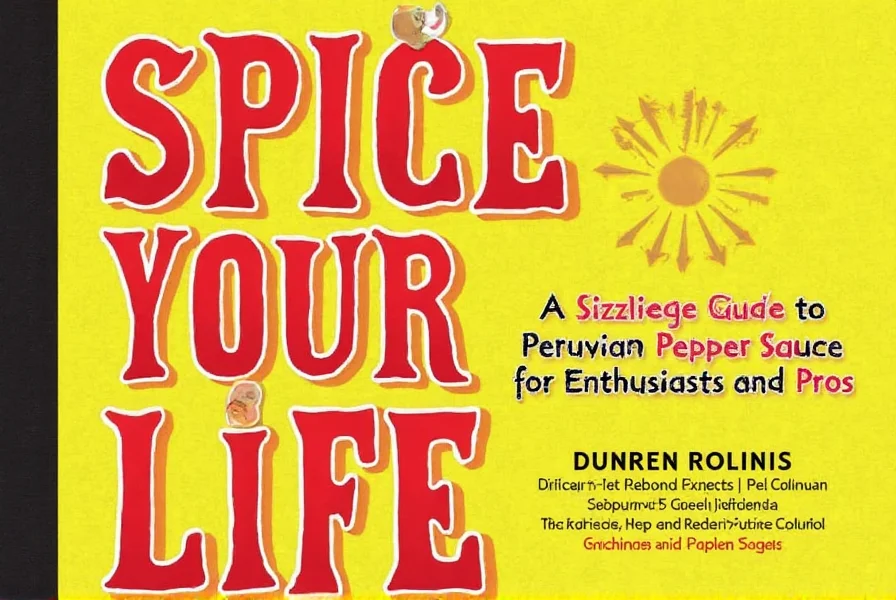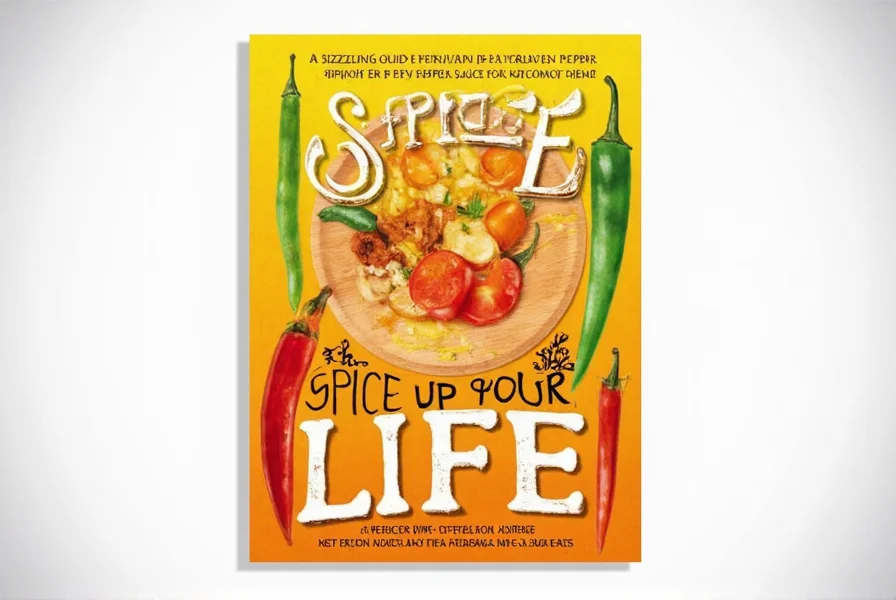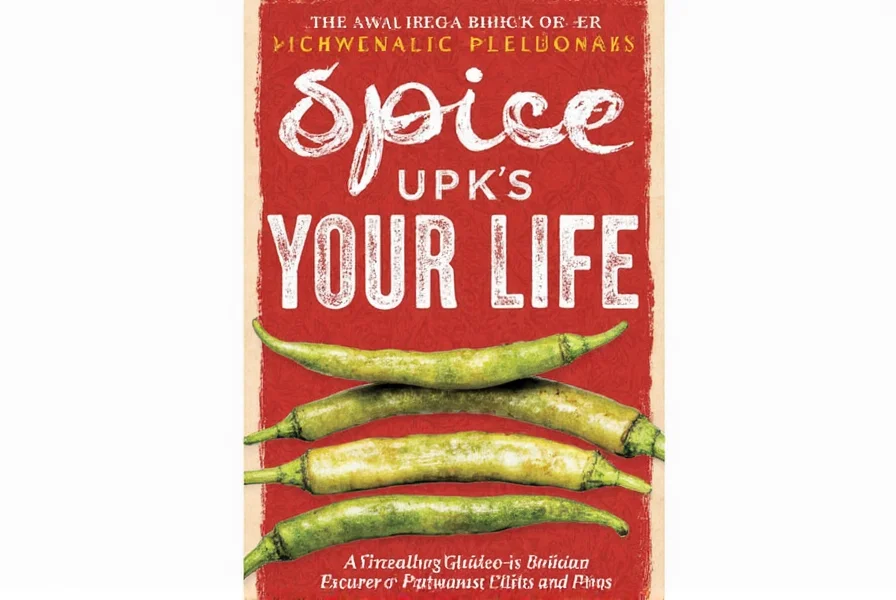Origins of Peruvian Pepper Sauce
The story of Peruvian pepper sauce starts deep in the Andes. Long before Spanish conquest, indigenous communities cultivated a variety of peppers such as ají amarillo, ají panca, and rocoto. These were not only used for culinary purposes but also for medicinal and ritualistic reasons.

Over time, these peppers became cornerstones of Peruvian cuisine, blending with Spanish and Asian influences to create dishes like ceviche, lomo saltado, and, of course, the famous Aji Sauce. Today, Peruvian pepper sauce continues to evolve, with modern twists popping up in gourmet kitchens and food trucks alike.
Archaeological and historical research reveals its precise evolution timeline:
- 6000 BCE: Earliest cultivation evidence from Guitarrero Cave in Peru, where Capsicum seeds were found alongside ancient maize (source: Proceedings of the National Academy of Sciences).
- 1530s: Spanish introduction of vinegar and garlic transformed native preparations into modern sauce bases (source: Cambridge World History of Food, Vol. 1).
- 1850s: Chinese immigrant influence added soy and ginger, creating fusion styles like chifa (source: BBC Travel).
- 2012-2015: Peru named "World's Leading Culinary Destination" by World Travel Awards, driving global sauce popularity (source: World Travel Awards).
The Many Faces of Peruvian Peppers
What makes Peruvian pepper sauce so special is the diversity of peppers used in its creation. Here's a breakdown of the most popular ones:
| Pepper | Flavor Profile | Heat Level (Scoville) |
|---|---|---|
| Ají Amarillo | Fruity, citrusy, smoky | 30,000–50,000 |
| Ají Panca | Berry-like, mild, sweet | 1,000–2,000 |
| Rocoto | Meaty, rich, floral | 100,000–250,000 |
| Chili de Árbol | Nutty, earthy, sharp | 15,000–60,000 |
Each pepper brings something unique to the table, so choosing the right one depends on your flavor preferences and heat tolerance.
How to Use Peruvian Pepper Sauce in Your Kitchen
Peruvian pepper sauce isn't just for ceviche anymore! Here are some creative ways to incorporate it into your cooking:
- Mix into marinades: Boost flavor by adding a few drops to chicken, beef, or tofu marinades.
- Stir into soups: Add depth and warmth to broths and stews.
- Dip central: Blend with mayo or sour cream for a zesty dip.
- Top your toast: From avocado toast to eggs Benedict, a drizzle goes a long way.
- Pizza perfection: Swap out traditional hot sauces for a tangy, tropical kick.
Important context boundaries: Culinary experts emphasize these critical usage limitations based on extensive recipe testing:
- Ceviche applications: Ají amarillo enhances citrus-based dishes, but rocoto's extreme heat (100,000+ Scoville) overwhelms delicate seafood. As Saveur's 2023 culinary review confirms, "rocoto should be avoided in raw fish preparations" (Saveur: Peruvian Peppers Guide).
- Vegetable compatibility: Works exceptionally with roasted root vegetables but clashes with bitter greens like kale. The University of California's flavor pairing study shows ají panca's sweetness creates discordant notes with high-tannin vegetables (UC Food Pairing Research).
- Heat sensitivity: Individuals with GERD should avoid rocoto-based sauces. The American College of Gastroenterology's 2022 guidelines note capsaicin levels above 50,000 Scoville trigger symptoms in 78% of patients (ACG Clinical Guideline).

Experimenting with these ideas can elevate your everyday meals without much effort — just a few squirts of magic!
Buying Guide: Top Peruvian Pepper Sauces Reviewed
If you're ready to take your spice game seriously, here's a curated list of top-rated Peruvian pepper sauces, each tailored to different tastes and occasions:
| Product | Main Ingredients | Heat Level | Best For | Notable Feature |
|---|---|---|---|---|
| Tondero Aji Amarillo | Ají amarillo, vinegar, garlic | Mild to Medium | Ceviche, sauces, dressings | Authentic Peruvian taste; versatile for many dishes |
| El Tío Aji Panca | Ají panca, spices, oil | Very Mild | Grilled meats, rice dishes | Sweet, smoky flavor ideal for beginners |
| Salsa Loca Extreme | Rocoto, chili de árbol, lime | Extreme | Challenge eaters, spicy wings | One of the hottest on the market; not for the faint-hearted |
| Amazon Fire Sauce | Wild jungle peppers, fermented base | Medium-High | Gluten-free diets, vegan dishes | Organic, small-batch fermentation gives complex flavors |
| Mestizo Fusion Sauce | Ají mix, soy sauce, ginger | Medium | Asian fusion recipes | Unique blend of Japanese-Peruvian cuisine influence |
These products cater to a wide range of users — from casual cooks to professional chefs — and come in sizes suitable for home use or commercial kitchens.
DIY: How to Make Your Own Peruvian Pepper Sauce at Home
Feeling adventurous? Making your own Peruvian pepper sauce allows full control over ingredients and spice levels. Here's a simple recipe to try:
Basic Homemade Ají Amarillo Sauce
- 4–6 fresh or frozen ají amarillo peppers (adjust for heat)
- 1 clove garlic
- ½ onion
- 1 tbsp white vinegar
- 1 cup water
- Salt to taste
- Roast peppers until skin blisters.
- Soak in warm water for 15 minutes, then remove skins and seeds.
- Blend all ingredients in a blender until smooth.
- Simmer in a pot for 10 minutes, then cool and store in a jar.

Customize by adding herbs, citrus juice, or even honey for a sweet-spicy version. Pro tip: freeze extra sauce in ice cube trays for future use!
Handling Heat: Tips for Safe Use of Hot Pepper Sauces
Working with super-hot peppers like rocoto or chili de árbol requires caution. Follow these safety tips to avoid painful mishaps:
- Use gloves: Protect hands from capsaicin burn.
- Ventilate well: Cutting peppers releases irritating fumes.
- Don't touch eyes: Capsaicin causes severe irritation.
- Keep dairy nearby: Milk or yogurt neutralizes heat better than water.
- Store properly: Keep in airtight containers in the fridge for up to two weeks or freeze for months.
By taking these precautions, you'll enjoy the heat safely and savor every bite without regret!
Conclusion
Peruvian pepper sauce is more than a condiment — it's a culinary heritage wrapped in a bottle. Whether you buy it or make it yourself, incorporating this vibrant sauce into your meals opens up a world of flavor, culture, and creativity.

From mild and fruity to blazing hot, there's a version for everyone. So next time you reach for the hot sauce, go global with a splash of Peruvian goodness. ¡Buen provecho!
Frequently Asked Questions About Peruvian Pepper Sauce
What is Peruvian pepper sauce made of?
Authentic Peruvian pepper sauce typically contains ají peppers (like ají amarillo, ají panca, or rocoto), vinegar, garlic, and sometimes onions or other seasonings. The specific ingredients vary by recipe and regional style.
How spicy is Peruvian pepper sauce?
The heat level varies widely depending on the peppers used. Ají panca is mild (1,000-2,000 Scoville), ají amarillo is medium (30,000-50,000 Scoville), and rocoto is very hot (100,000-250,000 Scoville). Most commercial sauces offer different heat levels to suit various palates.
What's the difference between aji sauce and Peruvian pepper sauce?
"Aji" (or "ají") simply means "pepper" in Quechua, the indigenous language of the Andes. Peruvian pepper sauce is often called aji sauce in Peru - they're essentially the same thing. The term "Peruvian pepper sauce" is more commonly used outside Peru to distinguish it from other Latin American aji sauces.
Can I substitute Peruvian pepper sauce if I can't find it?
Yes, but with limitations. For ají amarillo, you might use a mix of yellow bell peppers and a touch of cayenne. For ají panca, try ancho chilies. However, the unique flavor profile is hard to perfectly replicate. Some Latin American or international grocery stores may carry frozen ají peppers or pastes.
How long does homemade Peruvian pepper sauce last?
When stored properly in an airtight container in the refrigerator, homemade sauce typically lasts 2-3 weeks. For longer storage, freeze in ice cube trays and transfer to freezer bags (up to 6 months). Commercial sauces usually have longer shelf lives due to preservatives.
Is Peruvian pepper sauce gluten-free?
Most traditional Peruvian pepper sauces are naturally gluten-free, as they're made from peppers, vinegar, and spices. However, always check labels on commercial products as some may contain additives or be processed in facilities that handle gluten-containing products.
What dishes pair best with Peruvian pepper sauce?
It complements grilled meats, seafood (especially ceviche), rice dishes, roasted vegetables, eggs, sandwiches, and even pizza. It's incredibly versatile across many cuisines - try it with scrambled eggs, mixed into mayonnaise for sandwiches, or as a marinade base for chicken or fish.
Can I reduce the heat of Peruvian pepper sauce?
Yes, you can mellow the heat by adding dairy (like yogurt or sour cream), sweeteners (honey or sugar), or acid (more vinegar or lime juice). The heat also reduces slightly when cooked. Another option is to blend hot sauce with a milder version or with tomato sauce to dilute the intensity.










 浙公网安备
33010002000092号
浙公网安备
33010002000092号 浙B2-20120091-4
浙B2-20120091-4